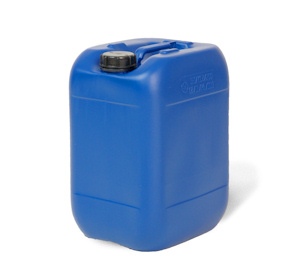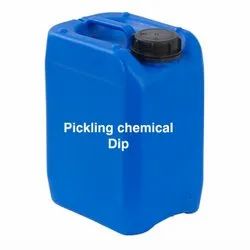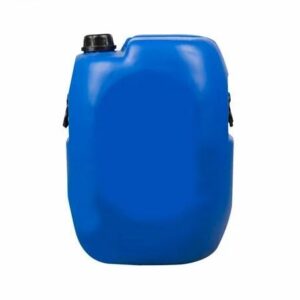Description
Features
- Acidic Solution: Pickling baths typically consist of acidic solutions, like hydrochloric acid or sulfuric acid, designed for the removal of scales, oxides, and impurities from metal surfaces.
- Temperature Control: Many pickling baths allow for temperature regulation, optimizing the pickling process for specific metal types and thicknesses.
- Immersion Cleaning: Metal components are fully immersed in the bath, ensuring thorough and uniform pickling.
- Chemical Compatibility: Pickling baths are formulated to be compatible with a variety of metals, such as steel, stainless steel, and aluminum.
- Efficiency: They provide a fast and efficient method for preparing metal surfaces before subsequent treatments like plating or welding.
Benefits
- Surface Quality: Pickling baths remove scale and oxidation, leaving metal surfaces clean, smooth, and ready for further processing.
- Corrosion Resistance: By eliminating impurities, pickling enhances the corrosion resistance of metal components, extending their service life.
- Cost-Efficiency: Efficient surface preparation reduces the need for extensive rework or replacement of corroded metal parts, saving time and resources.
- Improved Adhesion: Pickled metal surfaces offer better adhesion for coatings, paints, and other treatments, resulting in higher-quality finishes.
- Consistent Results: Pickling baths provide consistent and reproducible outcomes, ensuring that metal components meet industry standards and specifications.
PHYSICAL PROPERTIES
| Parameters | H2SO4 | HCl |
| Concentration (by weight) | 25% | 30–50% |
| Bath temperature | 60 ± 5°C | 40–45°C |
| Approximate time of pickling | 15–20 min. | 15–20 min. |
| Inhibitor: since the acid attacks the metal and causes pitting, an inhibitor must be added | 0.25–0.5% by weight | 0.25–0.5% by weight |




Reviews
There are no reviews yet.